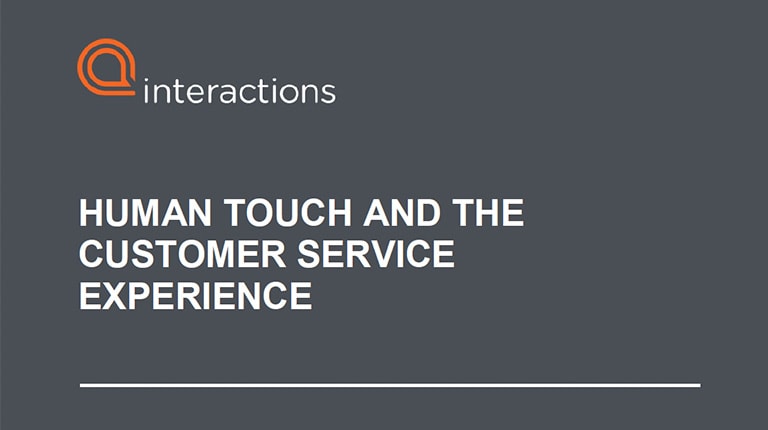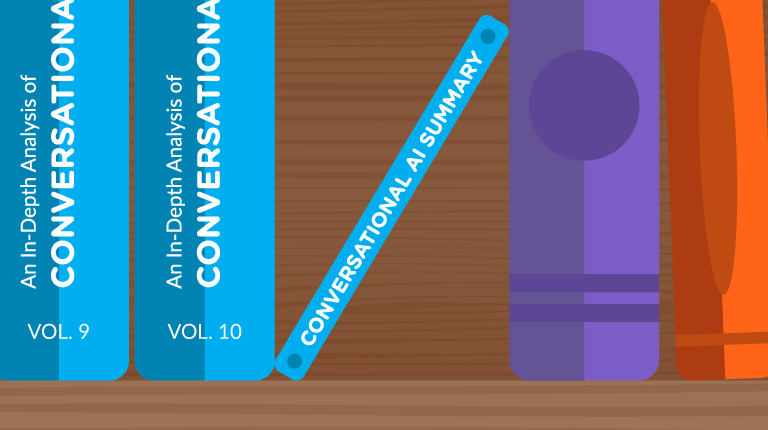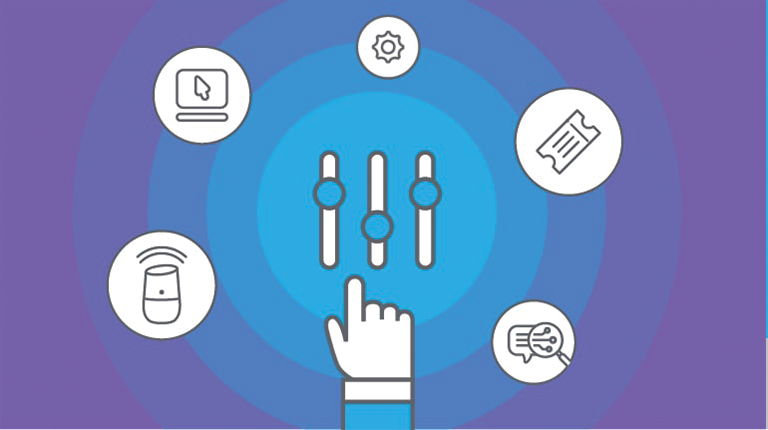Artificial intelligence is already being used in businesses across industries – from retail to telecommunications to travel and hospitality. Yet as AI usage continues to expand, the misperceptions regarding AI’s role in the corporate world are impacting companies’ next steps in their industries.
It’s time to leave those myths behind and instead focus on AI’s potential.
Myth #1: AI Will Replace Human Workers
With the growth of AI comes the unease of machines replacing and substituting the roles of people. This worry gives “replacement” a bad name. But, in fact, AI is most beneficial to businesses when it works hand-in-hand with employees.
AI can and will replace routine, simple and repetitive tasks, such as administrative paperwork. As a result, employees will have the opportunity to take on more complex and creative issues. In a Workfront and Harris Poll study of more than 600 office workers, workers said they felt they performed the duties of their job descriptions only 46% of the time. The remaining 54% of their time was spent on other tasks, such as administrative duties and answering emails.
AI can take on these menial, time-consuming tasks so that workers can spend more time focusing on their job priorities and solving complex, meaningful problems.
Myth #2: AI Doesn’t Require Human Assistance
AI often brings into question the line between robots and humans. AI is being brought into the workplace as an adaptable, flexible technology, rather than a piece of equipment, like a copy machine, that is designed to accomplish one basic task. Does this blur the line between technology and humanity?
The beauty of AI is the formulaic manner in which this technology performs. AI is logical and emotionless, and will not act the way a person acts in the workplace. AI’s machine-like manner allows for rational, mathematical approaches to decision-making, which companies – and the people who work for them – often need.
In a pwc study, “Bot.Me: A revolutionary partnership,” 62% of the study’s respondents agreed that AI analysis capabilities “will automatically augment decisions, leading to more effective decision-making.” Yes, human beings can make decisions. However, our decisions come with basic human error – for example, an emotional bias or an unstated benefit. With the ability to pull data quickly and calculate less risky moves, AI removes human error and conditioning effects from these big decisions and can compute the best move for a company.
Most importantly, though, AI’s work still requires supervision by human workers. As we’re trusting AI with these additional decision-making tasks, the technology still relies on humans for constant training and improvement.
Myth #3: AI is a Hindrance to Customer Service
Many of us know the experience of calling a customer service line and finding a robot on the other end. What most of us don’t realize, however, is that well-designed customer service AI technology is meant to improve, rather than hurt the customer experience. Customer service technologies, such as Intelligent Virtual Assistants, are designed to save you time while freeing up live agents to focus on complex issues.
This process of humans and AI working in harmony with one another makes the customer service experience smoother and more efficient both for customers and businesses. Customers have their questions answered or problems resolved in a timely manner, and call centers save time and money by sending customers to live agents only when the customer service issue requires it.
We still have a long way to go and a lot to learn when it comes to the intersection of humans and modern AI technology. But it’s clear that AI brings significant benefits to businesses – in terms of cost savings, efficiencies, and even worker performance and satisfaction.





